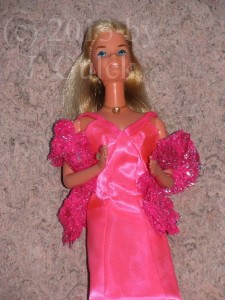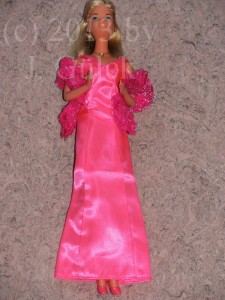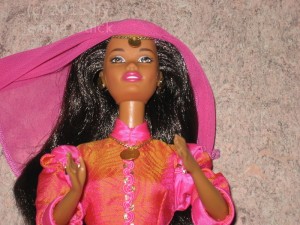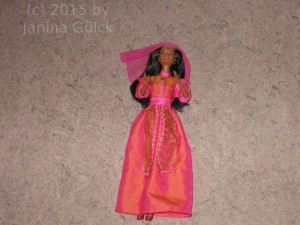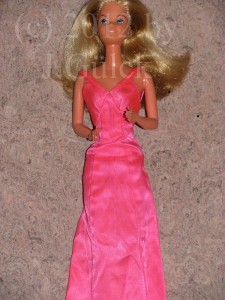Table of Contents
Why do we have a black Barbie doll in 1980?
Have you ever wondered why black Barbie dolls suddenly appeared in 1980? It seems that 1980 was a turning point in the world of Barbie. The reason why is quite intriguing. While I’m not entirely certain, I recall reading in a book that a law was changed around that time, which made it possible for Mattel to produce black dolls officially named “Barbie” for the first time. Unfortunately, I haven’t been able to find the specific name of this law.
The reason behind this change is quite intriguing. Prior to 1980, Mattel released dolls like Christie, who was a friend of Barbie, not Barbie herself. While I’m not entirely sure of the specifics, I recall reading that around this time, a change in regulations or company policy might have allowed Mattel to produce black dolls officially named “Barbie” for the first time. Unfortunately, I haven’t been able to find precise information or the exact details on this development.
In a way, this is quite astonishing, as it seems that the idea of a black Barbie doll wasn’t seriously considered before then—at least, that’s my impression. It’s also important to note that these dolls still had predominantly Caucasian features. In my view, they weren’t exact replicas of their white counterparts, but they shared about 70% of the same features. Of course, there were differences, such as hair color and make-up, which were adjusted to complement the darker skin tones. This wasn’t necessarily a bad thing; in fact, it brought some very interesting variations. For instance, consider the Jewel Hair Mermaid Barbie—both the Caucasian and African-American versions offer unique styles and aesthetics.
Sieh dir diesen Beitrag auf Instagram anShe's the Barbie doll with the longest hair ever produced. Unfortunately her hair tends to tangles. #blackjewelhairmermaidbarbie #barbiejewelhairmermaidaa #barbiejewelhairmermaid #barbie1995mattel #barbievintage #vintagebarbies #vintagebarbiedolls #barbiemod #modbarbie #barbiesuperstarära #barbiesuperstar #superstarbarbie #barbiedoctor #doctorbarbie #barbiedoctora
Not the only change in 1980 / for a black Barbie doll
The 1980 catalogs reveal that the variety of Barbie dolls expanded significantly compared to previous years. For the first time, we saw Asian and Hispanic Barbie dolls alongside the new black Barbie dolls. The range of products grew, introducing lines like “Dolls of the World.” From a marketing perspective, it seems that Mattel aimed to educate and promote diversity through these new offerings.
What we can definitely say is that the 1980s were a decade of great variety for Barbie dolls. The successful launch of Superstar Barbie in 1977, featuring a new head mold, perhaps encouraged Mattel to expand the lineup with a diverse range of Barbie dolls. Music also became a significant theme in the Barbie world, not just as a listener but as a musician. Barbie reinvented herself several times, with “Barbie and the Rockers” being a notable success.
Looking back from 2019, the 1980s are a particularly fascinating decade for Barbie collectors. We see collectors searching for their childhood treasures, those who weren’t even born in that era, collectors who collect across all decades, and even specialized collectors who focus solely on items like 1980s Barbie clothes. The variety is impressive; it’s not limited to a single trend, like the hair-focused styles of the 1990s. For more information about black Barbie please read here Unpacking the Impact of “Black Barbie” on Netflix: A European Perspective


